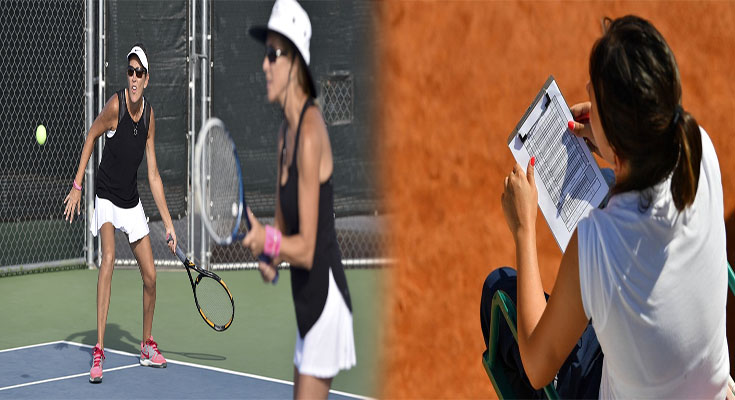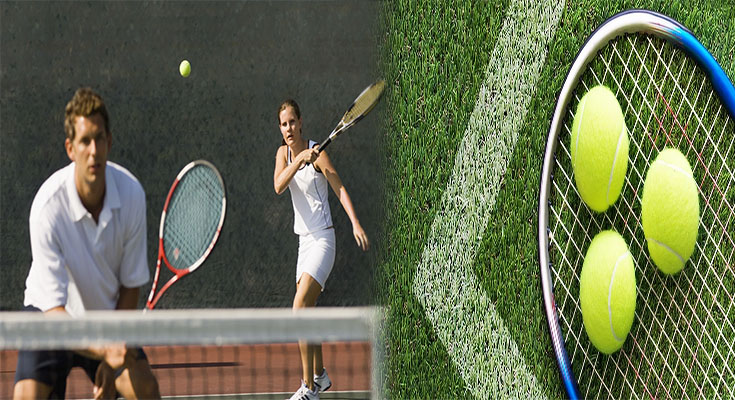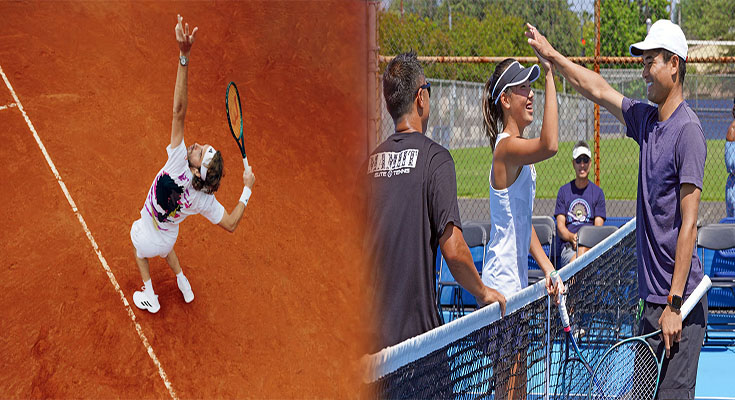
Doubles Lawn Tennis: Unveiling the Rules and Regulations
Doubles lawn tennis stands as a dynamic and exhilarating variant of the traditional sport, adding a collaborative element that requires teamwork, strategic play, and seamless coordination between partners. Whether playing for recreation or competition, understanding the rules and regulations governing doubles tennis is essential to ensure fair play and maximize enjoyment on the court. Let’s explore the key guidelines that shape the exciting world of doubles lawn tennis, shedding light on the nuances that set it apart from singles play.
Team Composition and Rotation
In doubles lawn tennis, each team consists of two players, who are positioned on opposite sides of the net. One player serves as the server, delivering the ball to start a point, while their partner assumes the role of the receiver. To maintain fairness, players alternate serving throughout the match, with the serving team changing after every game. This rotation ensures that both teams have an equal opportunity to showcase their skills and strategic acumen in the game.
Scoring System
The scoring system in doubles lawn tennis follows the traditional format used in singles play, with a few notable distinctions. Matches are typically played as best-of-three sets, with each set requiring a team to reach six games to win. If the score reaches 6-6, a tiebreaker is played to determine the winner of the set. Additionally, during tiebreakers, teams switch sides after every six points to mitigate any advantage gained from environmental factors such as wind or sun.
Court Etiquette and Communication
Effective communication and teamwork …
Doubles Lawn Tennis: Unveiling the Rules and Regulations Continue Reading




